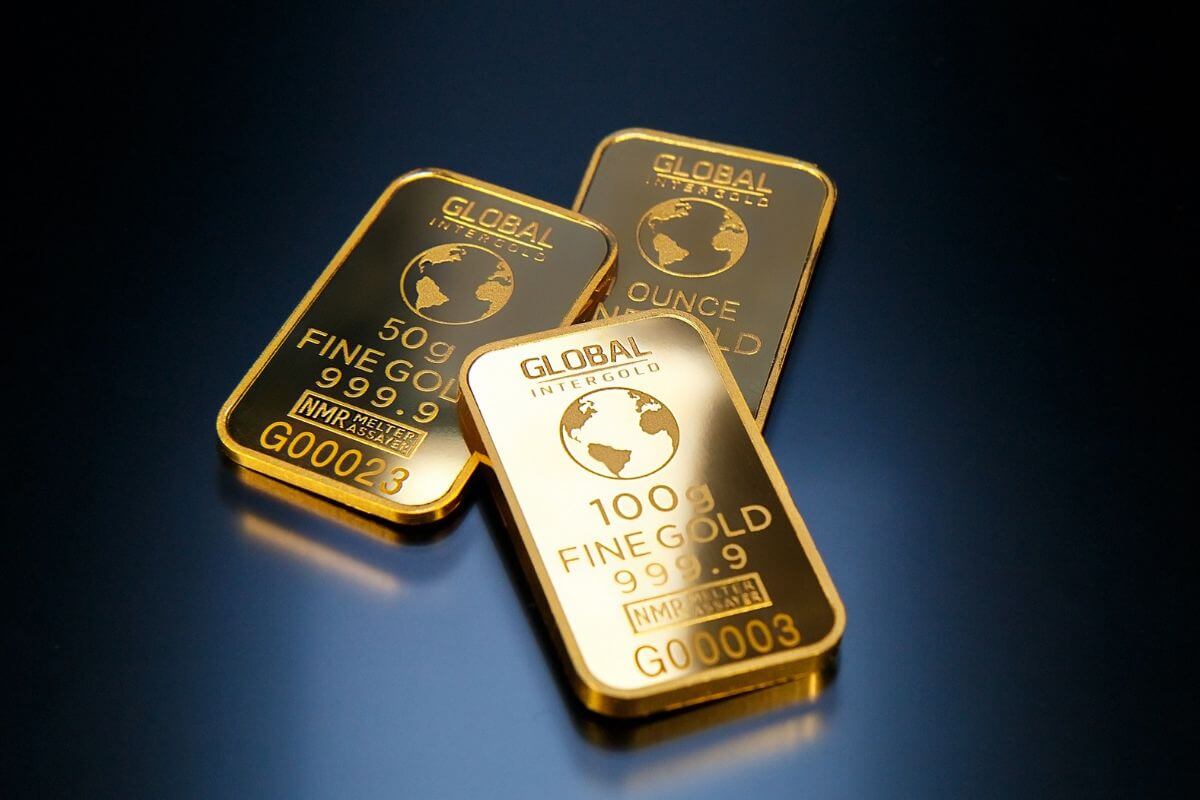
Gold has long been cherished as a symbol of wealth, beauty, and enduring value. Whether in the form of lavish jewelry or an exquisite engagement ring, gold captures the imagination with its unique properties and timeless appeal. Its distinct characteristics make it not only a favored choice for adornment but also a significant element in various industries and applications. The allure of gold is timeless, transcending cultures and centuries, and its properties have made it a staple in both economic and artistic endeavors.
One of the most striking properties of gold is its malleability. Gold is the most malleable metal known to humankind, meaning it can be hammered into extremely thin sheets without breaking. This unique quality allows artisans to create intricate designs and detailed patterns in jewelry. For instance, a simple engagement ring can be transformed into a unique piece of art, featuring delicate filigree or engraved designs that highlight the craftsmanship involved. A thin sheet of gold, known as gold leaf, can be used to add a touch of elegance to art pieces, architecture, and decorative objects.
Another notable property of gold is its resistance to tarnish and corrosion. Unlike many other metals that oxidize and lose their luster over time, gold remains untarnished and retains its shine even when exposed to air and moisture. This characteristic is particularly important for jewelry, including engagement rings, as it ensures that these pieces maintain their beauty for years, if not generations. Gold’s non-reactive nature means that it can withstand the test of time, making it a meaningful choice for items intended to symbolize everlasting love.
Gold is also an excellent conductor of electricity, which has led to its widespread use in electronics. Its conductivity allows for efficient energy transfer, making it essential in various technological applications. From smartphones to aerospace technologies, gold’s ability to conduct electricity without tarnishing makes it invaluable in modern innovations. However, while its electrical properties are crucial in industry, the aesthetic qualities of gold continue to reign supreme in the realm of jewelry.
Another fascinating aspect of gold is its rarity. While it is more abundant than some other precious metals, such as platinum, gold is still relatively rare compared to more common materials like silver. This rarity adds to its desirability and value, as people seek gold not only for its beauty but also as an investment. Historically, gold has been used as currency, a practice that speaks to its enduring worth. This tradition continues today, as many individuals invest in gold bullion or coins as a hedge against economic instability.
In addition to its physical properties, gold holds cultural and symbolic significance across various societies. It has been associated with power, divinity, and wealth throughout history. Many ancient civilizations, such as the Egyptians and the Incas, regarded gold as a gift from the gods and used it to craft religious artifacts, royal regalia, and decorative objects. Today, gold still symbolizes prosperity and success, which is why it often plays a prominent role in engagement rings, celebrating love and commitment.
The versatility of gold extends beyond its use in jewelry and electronics; it is also employed in medicine and dentistry. Gold compounds have therapeutic properties and are used in treatments for conditions like rheumatoid arthritis. In dentistry, gold is valued for its biocompatibility and durability, making it an excellent choice for crowns and fillings.
In conclusion, the properties of gold contribute to its status as a timeless metal. From its malleability and resistance to tarnish to its rarity and cultural significance, gold continues to captivate and inspire. Whether it is in the form of an elegant engagement ring or a high-tech component in electronic devices, gold’s allure endures, reflecting humanity’s appreciation for beauty, innovation, and heritage. Its multifaceted nature ensures that gold will remain a cherished element in both art and industry for generations to come, solidifying its legacy as one of the most revered materials in human history.
